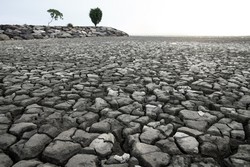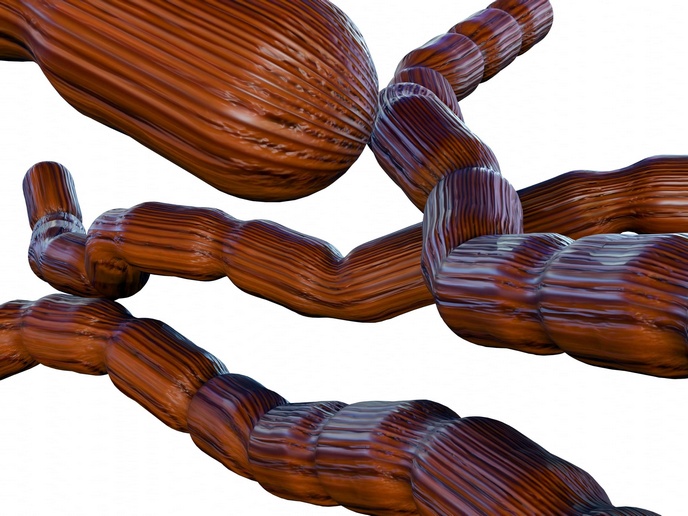Effect of electrokinetics on sensitive soils
Soft soils around the world are vulnerable to landslides and the settling of buildings and infrastructure. These threats have been addressed by researchers who developed innovative techniques for the sampling, characterisation and manipulation of sensitive natural clays. The EMPIRIC project investigated the effect of electrokinetics on the hydromechanical behaviour of marine clays using a combination of techniques taken from materials science, geotechnical engineering and electrical engineering. Researchers began by benchmarking a series of hydromechanical tests from the nanometre to the centimetre scale on high-quality block samples. The result was a systematic study of sample quality in Swedish soils. Existing commercial triaxial equipment was initially modified in order to test samples of different sizes and for the application of electrical current. A new type of triaxial cell, which was originally developed for microfluidics, was created that was actuated by ripple-free syringe pumps. This allowed both miniature (2 mm diameter x 10 mm height) and large (50 mm diameter x 100 mm height) samples to be tested, and featured an improved control accuracy compared to the commercial equipment. Furthermore, the novel use of the syringe pumps opened up a new area of applications for the SME that developed them. Two new techniques were successfully used for tracking changes in the clay material at the small scale. Hence, 2D digital image correlation and 3D volume correlation were employed to test miniature samples in order to obtain the strain field in 1D plane strain compression tests. In addition, 3D tomography tests were conducted using a synchrotron X-ray source to improve the low temporal resolution. Insights achieved through EMPIRIC will form the basis for further research and new continuum models that address electrokinetic effects in the formulation and validation of these models for the tested marine clays.







